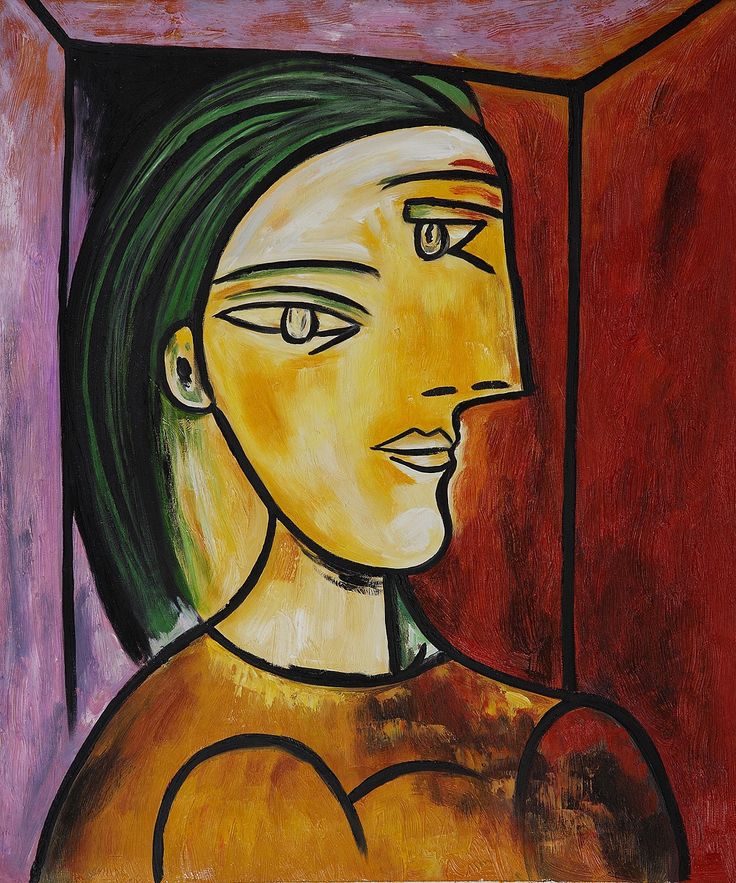


Picasso and Braque reduced objects to flat, fragmented planes, layered together to show different perspectives of the same object at the same time-like a flattened cube. The artist painted objects in their entirety as imagined from all angles. Indeed, Picasso described his approach to painting in the early 1900s, stating “ I paint objects as I think them, not as I see them". Inspired by Paul Cezanne's geometrical abstraction in works such as Bibemus Quarry from 1895, Pablo Picasso and Georges Braque began producing fragmented and abstracted paintings around 1907.Īs the critic Jacques Rivière explained, Picasso and Braque wanted to represent objects "as they are" not "as they see them". Related articles: The art of the Century in 26 powerful movements - What are the main Art Styles? - Art History Timeline What is Cubism?Ĭubism, the avant-garde art movement, emerged in Paris in the early 20th century. Though Vauxcelles did not intend his description of flat, cube-shaped figures as complimentary of their artistic endeavours, he did coin the name of the twentieth century's most influential art movements. In 1908, the art critic Louis Vauxcelles described how painters like Georges Braque and Pablo Picasso were representing objects in "geometric outlines" and reducing everything "to cubes". I shall argue that the fact the investigation is of this particular type.9. Lyubov Popova, Portrait of a Philosopher, 1915 First, I want to show specifically that it is the arrangements of the signs that are being investigated. The preceding constituents of Structuralism provide a more precise, and thereby more informative, description of the type of semiotic analysis these critics suggest. Yve-Alain Bois (1992: 196), Rosalind Krauss (1992: 273), Leo Steinberg (1978: 126), Edward Fry (1992: 96), and Christine Poggi (1992: 27) in addition to Rubin (1989: 26) all propose that Analytic Cubism is an investigation of particular signs used for illusionistic representation. The third component is the specific manner in which this study develops. Structuralism investigates the arrangements for signs. Two are the concepts "arrangement" for a sign and "acceptability". Three components of Structuralism are integral to my explanation. I show how a semiotic interpretation of these concepts comes to explain why Analytic Cubism's development culminates in these particular features. As Ma Jolie exemplifies, they are: (1) the integration of signs, (2) a minimal degree of realism, (3) a shallow depth, (4) fragmented and flattened forms, and (5) a reduced palette. Contrasts between these two paintings illustrate five attributes toward which Picasso's and Braque's imagery evolves. Picasso's Ma Jolie (early 1912) exemplifies its most advanced stage-reproductions are in Rubin (1989). William Rubin (1977) persuasively argues that Braque's paintings at L'Estaque, e.g., Viaduct at L'Estaque (early 1908), are the originating contributors to this development. My purpose is to establish their important semiotic contribution: An analysis of the structure of signs for illusionistic representation.Ī principal influence of these works is the evolution in their style. It consists of the paintings that Pablo Picasso and Georges Braque created between 19. Analytic Cubism was central to the development of Twentieth Century art's representation of perceptual space.


 0 kommentar(er)
0 kommentar(er)
